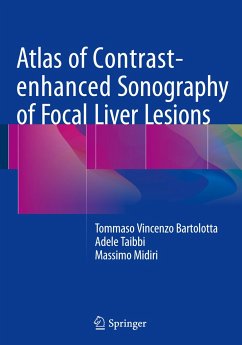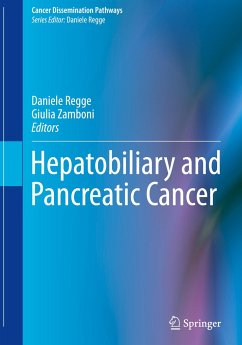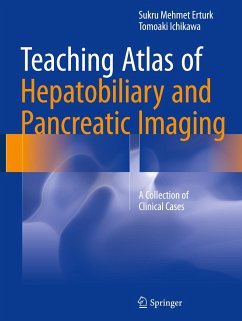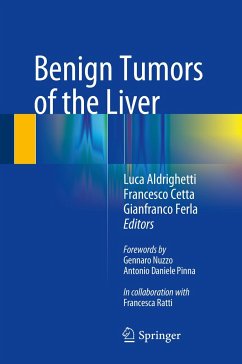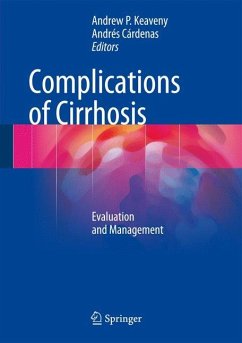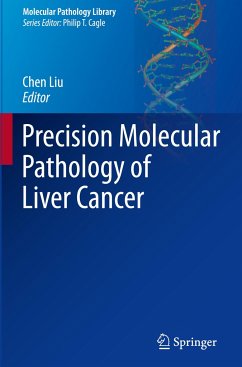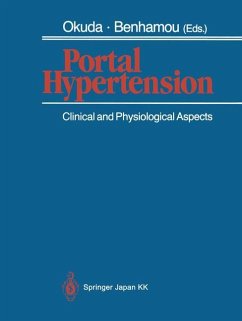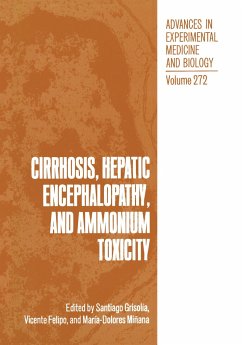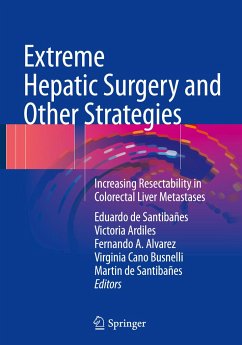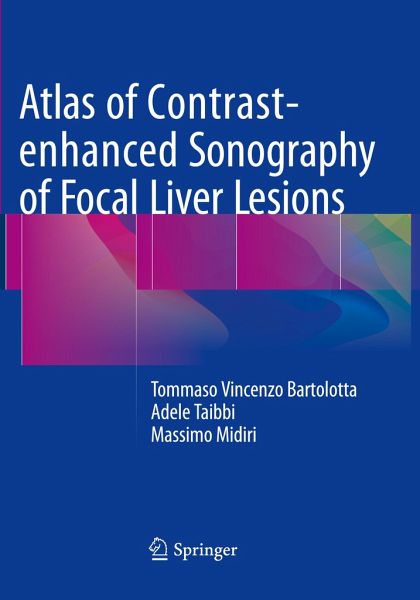
Atlas of Contrast-enhanced Sonography of Focal Liver Lesions
Versandkostenfrei!
Versandfertig in 6-10 Tagen
53,99 €
inkl. MwSt.
Weitere Ausgaben:

PAYBACK Punkte
27 °P sammeln!
This book offers an image-based, comprehensive quick reference guide that will assist in the interpretation of contrast-enhanced ultrasound (CEUS) examinations of the liver in daily practice. It describes and depicts typical and atypical behavior of both common and less frequently observed focal liver lesions. For each type of lesion, the findings on pre- and post-contrast images are presented and key characteristics are highlighted. Individual chapters also focus on the assessment of response to locoregional and systemic treatment and the impact of European guidelines on CEUS. The Atlas of Co...
This book offers an image-based, comprehensive quick reference guide that will assist in the interpretation of contrast-enhanced ultrasound (CEUS) examinations of the liver in daily practice. It describes and depicts typical and atypical behavior of both common and less frequently observed focal liver lesions. For each type of lesion, the findings on pre- and post-contrast images are presented and key characteristics are highlighted. Individual chapters also focus on the assessment of response to locoregional and systemic treatment and the impact of European guidelines on CEUS. The Atlas of Contrast-Enhanced Sonography of Focal Liver Lesions will serve as an invaluable hands-on tool for practitioners who need to diagnose liver lesions using CEUS in the major clinical settings: oncology patients, cirrhotic patients, and patients with incidental focal liver lesions.




